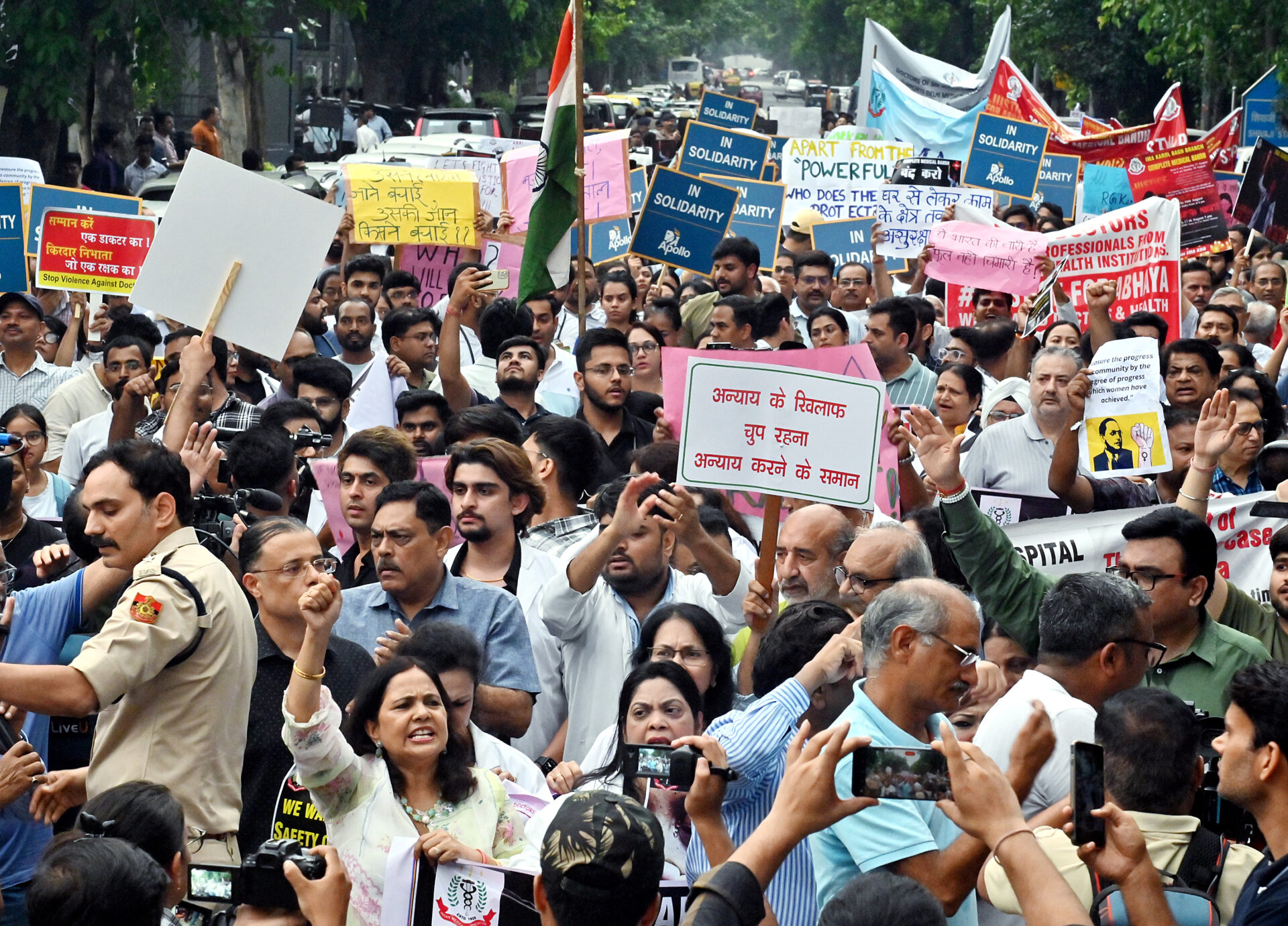BENGALURU: US hospitals record 5.5 work-related injuries and illnesses for every 100 full-time employees.
A hospital is the most hazardous place to work as per the United States Bureau of Labor Statistics, even more than in the construction and manufacturing industries. US hospitals record 5.5 work-related injuries and illnesses for every 100 full-time employees, almost twice the rate for the entire industry. Caregivers often risk their safety and health to help a patient in the hospital.
HAZARDOUS INFECTIONS: The most serious occupational hazard is needle stick injuries when operating upon or treating a patient suffering from AIDS, hepatitis, and other infections which can lead to the death or serious illness of the doctor or health worker handling infective material of the patient. Airborne infections like tuberculosis, Covid-19, etc., and contact spread infections like hepatitis, ebola, etc., are among many dangerous infections that doctors and health workers are exposed to. Inadequately filtered recirculated air in air-conditioned areas leads to the accumulation of microbes in the hospital air. As per data collected by the Indian Medical Association, 1,596 doctors died of Covid-19 in India, 757 during the first wave and 839 in the second wave.
PHYSICAL INJURIES: Lifting and moving a patient, especially an obese patient, slips especially over a wet floor, trips over tubes and cables, and falls lead to numerous injuries to health workers. Safety hazards
Doctors attending to critically ill or injured patients are under great stress of work and considerable threat to their safety. The risk is even more during riots and civil disturbances. Doctors and nurses on night duty, especially women are extremely vulnerable as seen in the recent horrendous incident in the RG Kar hospital in Kolkata.
HAZARDOUS SUBSTANCES: Accidental exposure to corrosive substances like Formalin vapours, dangerous chemicals, cleaning and disinfecting agents, sterilants, mercury, toxic drugs, and anaesthetic gases seriously affects health workers. Inflammable gases and substances are a major fire hazard, as seen recently at the hospital for new-borns in Delhi.
Poor ventilation, especially in air-conditioned areas like the operation theatre and laboratories leads to the accumulation of anaesthetic agents and toxic chemicals leading to serious health issues including a higher risk of abortion among pregnant anaesthesiologists who remain inside the operation theatre for long hours.
STRESS RELATED: Doctors have to often work continuously from 24 to 36 hours. Chronic stress and fatigue drastically affect the doctors’ productivity, morale, and health and can lead to a higher risk of errors. Continuous high workload, exposure to stress, poor working facilities and remuneration, and workplace insecurity, all lead to anxiety, sleep disorders, depression, even alcohol and drug abuse, and suicide. From January 2020 to December 2022, 118 suicides were reported among medical students, and doctors in India, and the numbers are increasing each year.
THREAT FROM CRIMINALS: Though the use of narcotic drugs and anaesthetic drugs like fentanyl are strictly controlled, criminal drug peddlers are threats to doctors’ safety. Organ donation racketeers, fake drug mafia, medicolegal and forensic evidence manipulators, sex traffickers, insurance fraudsters, fake medical certificate arrangers are a serious threat to whistle-blowers and doctors who do not submit to threat and extortion. Examiners at medical teaching hospitals receive threats from urban Naxals and corrupt politicians. Unethical pharmaceutical companies and their agents can ruin a doctor’s career and life. Terror threats of shootings, bombs, targeted killing, and poisoning of water and food supplies are very significant risks to life in hospitals.
SAFETY IN HOSPITALS: Hospitals should strictly enforce infection control procedures and policies. To keep staff, patients, and visitors safe, hospitals need a range of security measures, including highly qualified and experienced security staff, scrutiny of supplies, entrants and their belongings, CCTV cameras, duress alarms for staff members, effective internal and external communication systems, electronic access control systems, fire detection systems, checking of all electrical appliances for safety and potential fire risks, fire safety equipment and emergency exits. It is also important to have quick ways to shut down equipment in emergencies. For effective security, clear signage to guide patients and visitors, monitoring of traffic flow and suspicious activities, and supply and parking areas are essential. Secure biometric identification of all hospital staff and entrants including suppliers and service providers is necessary. All those with regular access to the hospital should have a background and identification check to ensure they are qualified for their role and are of good character.
When safety and security are assured and healthcare workers have peace of mind, patients will receive better care.
Dr P.S.Venkatesh Rao is Consultant Endocrine, Breast & Laparoscopic Surgeon, Bengaluru.

